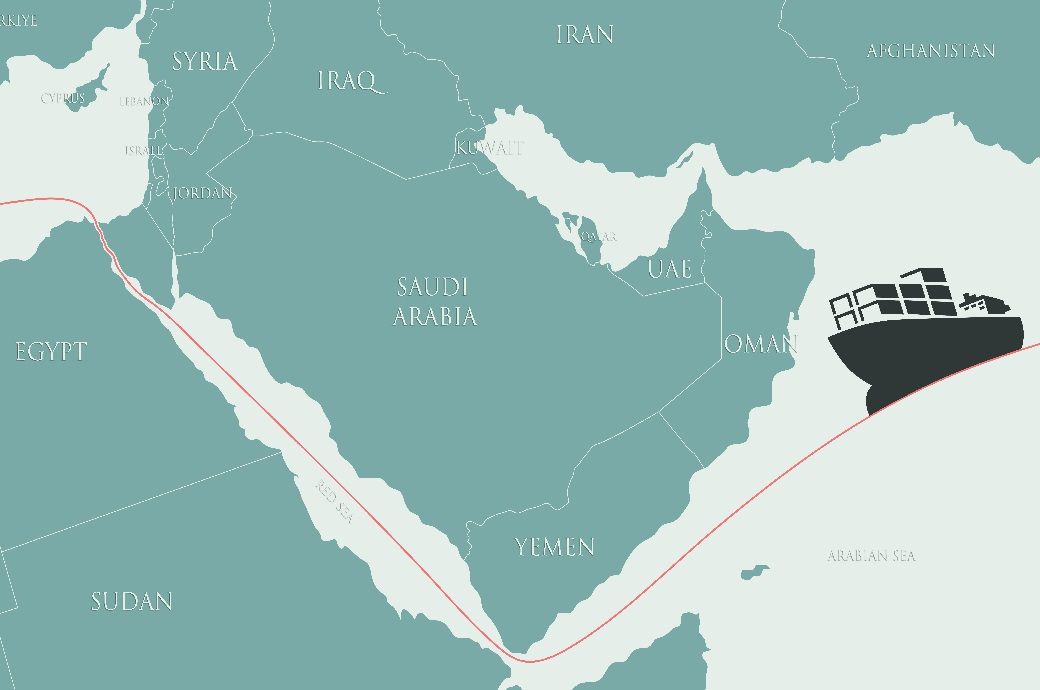
Extreme heat might become a growing threat for urban cities across the world, according to researchers from the University of Colombia.
In a new paper published in the journal Proceedings of the National Academy of Sciences, the researchers have revealed that with people flocking to urban centres and the climate warming up, extreme heat might kill and hurt more people.
Incidentally, the urban poor will be the most at risk. What is even more alarming is that almost a quarter of the world’s population lives in areas where extreme heat exposure is increasing. Economically, the rising heat in cities will be detrimental to worker productivity and subsequently hurt economies.
Assessing more than 13000 cities between 1983 and 2016, the study finds that the extreme heat exposure globally increased nearly 200 percent in this period. The factors responsible for this are the rapidly growing population, climate change and urban infrastructure that is prone to absorbing more heat.
In past, researchers were not able to get an overall global view of the problem because many cities did not have accurate weather station data and most climate models did not specifically focus on urban hotspots. Moreover, climate models often minimize extremes and are not able to effectively evaluate small-scale differences across cities.
This time, the researchers of the study tried to take a fresh approach in their research by using satellite data to measure heat across the world. This gave researchers a more complete picture of the impact of rising heat globally. It shows that people moving too rapidly urbanizing cities in sub-Saharan Africa and Southeast Asia are exposing themselves to extremely high temperatures and humid conditions.
Cascade Tuholske, the lead author of the paper and a postdoctoral research scientist at Colombia University, told NBC News that population growth or urbanization is not the inherent problem but the lack of planning and investment in these urbanizing areas.
This doesn’t change the fact that people moving to cities in search of a better standard of living might have to prepare themselves for less than suitable weather conditions.
Cover Image: Shutterstock


:max_bytes(150000):strip_icc()/Health-GettyImages-2165148699-c2eb08c18e974bb49f795f84dbbb031d.jpg)


